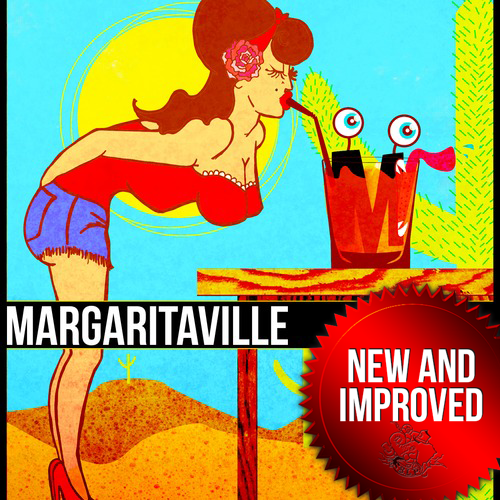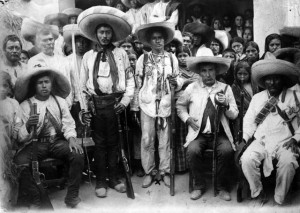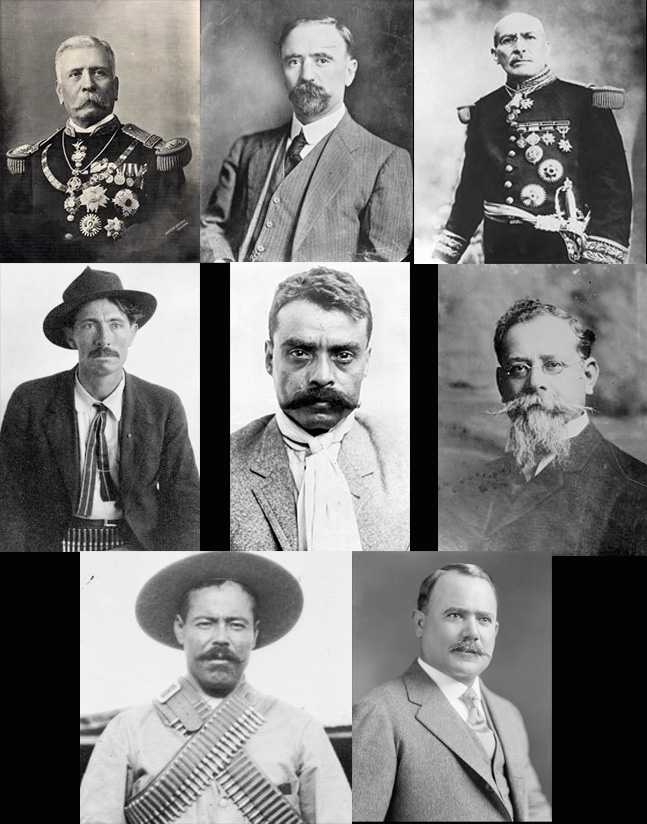
The first thing I learned about this cocktail is that when you tell the story of the Margarita you have to tell the story of tequila. Because tequila was virtually unheard of prior to the 1930s, there are no mixed drinks using it in the time period when most cocktails would earn their classification as classics.
The first form of tequila is the beverage pulque, derived from the mashed and fermented maguey plant that grows only in Mexico. The tradition of making pulque is pre-Columbian and nearer its origin the drink was used in spiritual rites by priests and medicinally for the elderly. Pulque is not an easily approachable drink having a relatively high viscosity and being characterized as tasting like vomit. Distilled it becomes what we know as tequila.
 Though it made an appearance in 1893 at the World’s Fair in Chicago, tequila didn’t become really known until it was popularized in Mexico by post-Mexican Revolution cinema, where it was recognized as the drink of choice for Mexican revolutionaries, so chosen because it was a distilled beverage that wouldn’t spoil while traveling long distances, unlike pulque. And, of course, prohibition introduced tequila to more Americans in the southwest than ever before. So tequila doesn’t make it into print in any cocktail recipe books until 1937 when the Cafe Royal Cocktail Book, curated by the UK Bartenders Guild, finally featured it in several drinks.
Though it made an appearance in 1893 at the World’s Fair in Chicago, tequila didn’t become really known until it was popularized in Mexico by post-Mexican Revolution cinema, where it was recognized as the drink of choice for Mexican revolutionaries, so chosen because it was a distilled beverage that wouldn’t spoil while traveling long distances, unlike pulque. And, of course, prohibition introduced tequila to more Americans in the southwest than ever before. So tequila doesn’t make it into print in any cocktail recipe books until 1937 when the Cafe Royal Cocktail Book, curated by the UK Bartenders Guild, finally featured it in several drinks.
The Margarita cocktail itself has so many unverifiable origin stories one has to change what origin means. Every single origin story we found has no proof to support it and one is literally as likely as any other given the timing and location. Who made the Margarita and where is completely lost to time. However, what we can say with some confidence is that even though he definitely did not invent the Margarita, Victor Bergeron popularized the drink in the 60s and 70s and made it a cocktail that every Mexican food joint and cocktail bar had to know how to make. In that sense, I give Trade Vic the credit for turning the Margarita into a household name.
What’s in it:
- 1.5 oz tequila
- 1.5 oz Cointreau
- 1.5 oz lime juice
- Salt around the rim
 Today, I’d say that the Margarita is the classic cocktail that everybody has had before, in fact, as we sat down and discussed the cocktail, Rachel told me they all had Margaritas the previous weekend. It’s the kind of cocktail people just whip up at home and enjoy.
Today, I’d say that the Margarita is the classic cocktail that everybody has had before, in fact, as we sat down and discussed the cocktail, Rachel told me they all had Margaritas the previous weekend. It’s the kind of cocktail people just whip up at home and enjoy.
At the Brixton, Michael made us a couple of versions, one that you might see today and one that is a little more traditional. It was interesting to hear everybody’s take on each version, one being just a delicious drink and the other seemingly taking on the mantle of a more complex, flavorful cocktail. We pretty much decided they were the best Margaritas we’d ever had, though since we’re all familiar with them, not particularly surprising. All in all, good drinks and happy to change it up with something south of the border for once.
Because the show is “not just history of cocktails, but history through cocktails” we did spend some time giving a brief description of the who, what and why of the Mexican Revolution, something I personally knew nothing about until I looked into it because of its connection to tequila and how it grew to prominence as the national drink of Mexico. Since none of us are actual historians, I’d like to say that if anyone has better information they would like to provide in regard to the cocktails we research or the histories we talk about, please contact us. We’d be happy to share your insights and perspectives as well.


Processed with VSCOcam with c1 preset
Transition music: Cephalopod by Kevin MacLeod
Closing Music: Mexican Coma by Gringo Star






